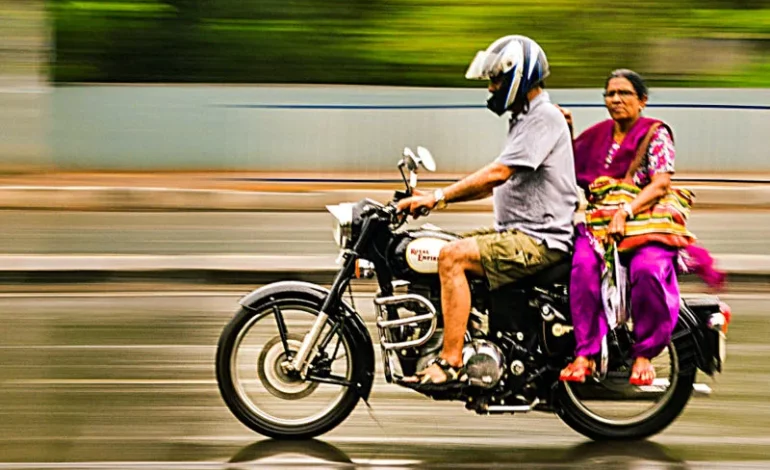
Being pulled over by traffic cops is common at busy intersections. Understanding the required documents is vital for a smooth and legal biking experience, whether in the city or on a long journey.
Required Documents For Riding:
- Bike Registration Certificate (RC):
The Certificate of Registration (RC) is a vital document verifying the authenticity and registration of the bike with the Regional Transport Office (RTO). It includes the bike’s make, model, registration number, and owner information.
- Driver’s Licence:
A valid driver’s licence (DL) is necessary to operate a two-wheeler on public roads legally. The DL issued by the RTO specifies the types of two-wheelers the bearer is permitted to ride. Riding without a licence is illegal, and you must always carry your DL.
- Two-Wheeler Insurance Policy:
Riding a bike on public roads requires a valid bike insurance policy. This document certifies that the motorcycle is insured, covering its own damage and third-party liabilities. It includes the vehicle’s registration number, insurance provider, coverage type, duration, and coverage limit.
- Pollution Under Control Certificate (PUCC):
Legal bike riding necessitates possessing a PUCC, confirming that the bike’s emission levels comply with legal limits. This certificate includes the vehicle registration number and details about the pollution emitted. It is mandatory to carry the PUCC while riding on Indian roads.
- Fitness Certificate:
New bikes are safe to ride for the first fifteen years. Beyond this period, a bike fitness certificate is required, renewable every two years. Always carry the fitness certificate if riding a bike older than fifteen years.
- Medical Certificate (for individuals over 50):
Authorities may request a medical certificate for individuals over 50, confirming their fitness to operate a two-wheeler. This certificate serves as a disclaimer regarding the applicant’s suitability for a two-wheeler driving licence.
Basic Traffic Rules While Riding
- Helmet Usage: Always wear a helmet, and ensure the pillion rider also does.
- Lane Discipline: Stay to the left on two-way streets and observe lane discipline.
- Speed Reduction: Reduce speed at junctions, road corners, and pedestrian crossings.
- Hand Signals: Use hand signals when necessary to indicate turns.
- Headlight Usage: Use high beams only on poorly lit roads or highways.
- Pedestrian Right Of Way: Always yield to pedestrians.
- Parking Rules: Avoid parking on sidewalks, flyovers, or near road intersections.
The Significance Of Insurance For Two-Wheelers:
Apart from legal compliance, having a bike insurance policy assists in case of breakdowns or accidents. It offers financial protection against accidental damage, theft, and liabilities to third parties. Understanding and regularly renewing your bike insurance policy is crucial to ensuring that your bike insurance premium remains current and provides comprehensive coverage for your two-wheeler. Claims are subject to terms and conditions set forth under the motor insurance policy. *
Safe and legal biking in India demands adherence to specific documents and traffic laws, ensuring a secure riding experience on diverse roads. Make sure that you carry out the bike insurance renewal process on time for uninterrupted coverage.
Always compare bike insurance online before settling in for a choice policy. Additionally, understanding the importance of insurance contributes to overall road safety and responsible riding.
*Standard T&C Apply
Disclaimer: The content on this page is generic and shared only for informational and explanatory purposes. It is based on several secondary sources on the internet and is subject to changes. Please consult an expert before making any related decisions.
Insurance is the subject matter of solicitation. For more details on benefits, exclusions, limitations, terms, and conditions, please read the sales brochure/policy wording carefully before concluding a sale.








